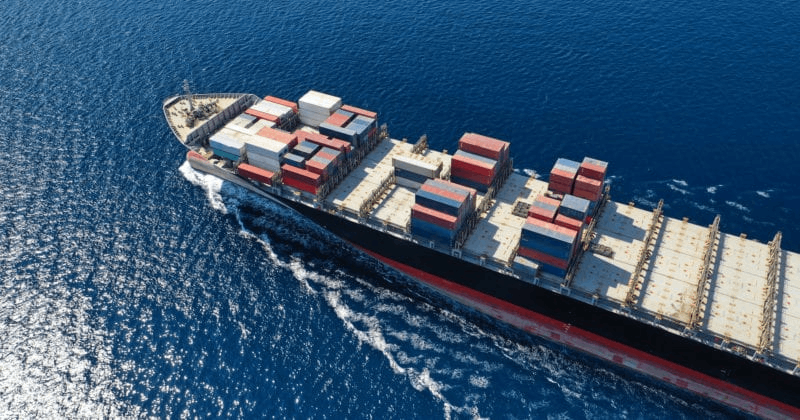Welcome to GLA! Leading the global logistics alliance.


Your location:Home > News > Container freight rates continue to weaken, will the era of sea freight windfall profits end?
Time:2022-09-27 Publisher:Kevin Num:2367

Global inflation, US interest rate hikes and the Russia Ukraine war have continued to impact the purchasing power of European and American consumers, and container shipping rates have fallen for 15 consecutive weeks.
With the global economic recession, the cost of transporting goods from China has hit a new low in nearly two years, indicating that the period of huge profits brought by the epidemic in the past two years has begun to fade.
Generally speaking, this period is usually the peak season for shipping. But, global demand for Chinese goods is also weakening due to inflationary consumer spending cuts.
At the same time, the slowdown of China's economy continues to reduce import demand. The data shows that factories around the country are reducing production, and the order volume in China has also declined.
According to the data released by Shanghai Airlines Exchange on September 23, the latest Shanghai Export Container Freight Index (SCFI) fell 240.61 points to 2072.04 points, a weekly decline of 10.40%.
The index dropped by nearly 60% from the historical high of 5109 at the beginning of the year. Most of the major routes fell by more than 10%, and the western route fell below 3000 dollars.
Last week, the freight rate per FEU of the US West Line fell by $366 to $2684, a drop of 12%, more than two-thirds lower than the historical high of $7900 at the beginning of the year.
The freight rate per FEU on the US East Line fell by $638 to $6538, a weekly decline of 8.9% and a cumulative decline of 45% from the peak at the beginning of the year.
It is understood that the recent drop in freight rates is mainly due to the weakened demand for accommodation due to epidemic situation, inflation and other factors.
However, under the condition of stable supply, the supply of cabins exceeded the demand, leading to the continuous weakening of freight rates.

At present, inflation in the United States has seriously squeezed commodity consumption, and the impact of the Russia Ukraine war in Europe has all contributed to the weak freight rates in Europe and the United States.
Next, the shipment volume of China's National Day holiday will also decrease. The three shipping alliances will continue to control cabins and reduce flights in October to stabilize freight rates.
It is said that about half of the flights on the West Coast of the United States will be reduced.
To some extent, weak demand reflects an earlier peak season for American imports. Earlier, Shanghai Port said that in August, the number of goods handled by Shanghai Port decreased by 8.4% compared with the same period last year, and the number of containers decreased by 3.4%.
This is because the number of containers arriving in the United States has declined. Not long ago, the United States announced that the freight volume of Los Angeles Port in August had the largest decline since 2022.
Nevertheless, some experts believed that with the increase of interest rates in the United States, most Asian currencies fell sharply, and the drop in freight rates was deep, which was conducive to accelerating inflation in the United States and winning export orders.
In addition, the Shanghai Transportation Alliance has significantly reduced its shifts. It is estimated that the volume of goods will increase in the third week of October, and the freight rate is expected to stop falling or even recover.
Prev:Welcome! New Golden Member from China ———— Develop Century International Logistics CompanyNext:Matson cancels China California Express (CCX) service
Recommended Membership
Latest News